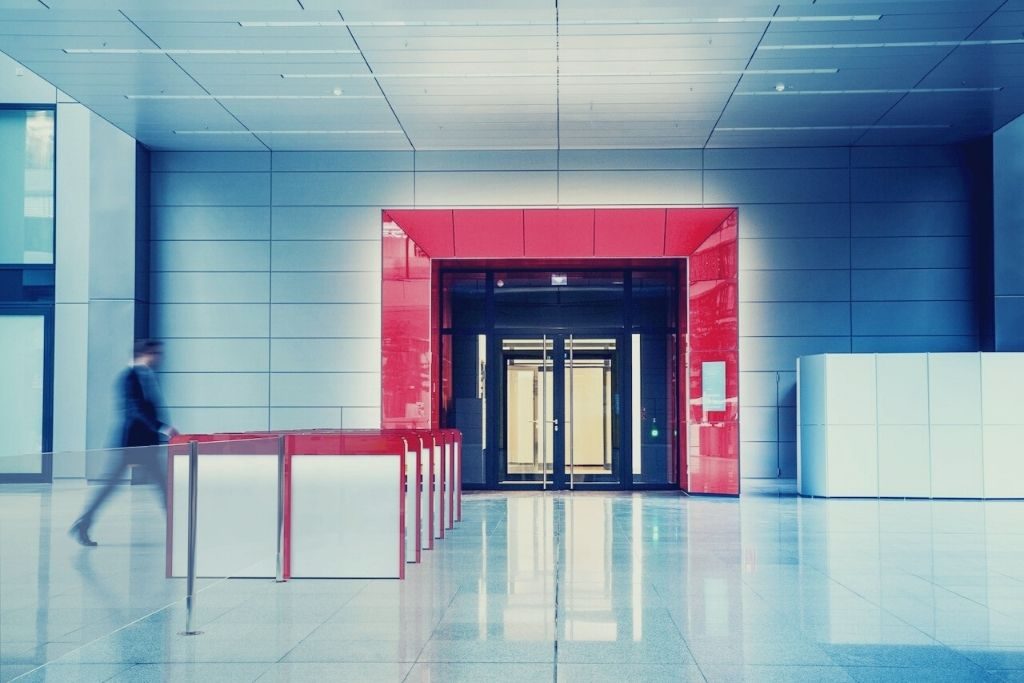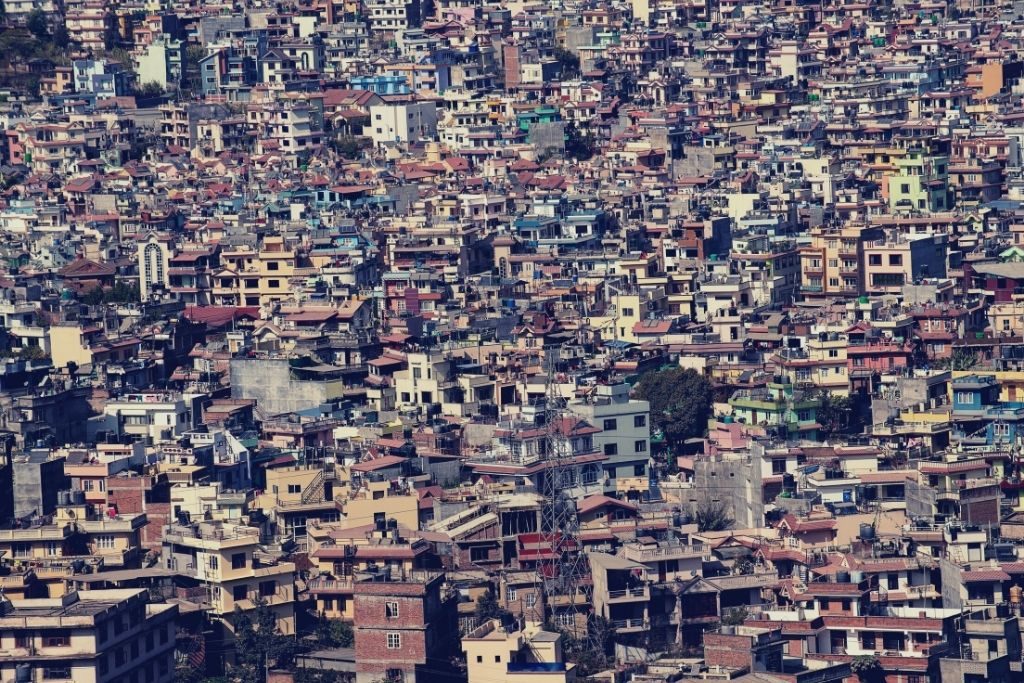Disaster-resilient Architecture: How Architecture Can Reduce Risks

Over the last decades, natural disasters have been growing in strength and frequency as a result of climate change. The number of weather-related disasters has tripled over the previous 30 years. Furthermore, among the 20,000 earthquakes that shake the world every year, about 16 are in the magnitude of seven or higher.
The Ultimate Guide to Turnstiles: 4 Benefits and Advantages

When the US supermarket chain Piggly Wiggly opened its doors to customers in the early 20th century, its founder Clarence Saunders worried about overcrowding and mass hysteria. Hence, he installed an entry system to regulate people’s flow to allow only one person at a time.
The Circle: A Smart Micro-City Within Zurich Airport

As their planes descend on the Zurich Airport, passengers can catch a glimpse of a boomerang-shaped structure enveloping a 80,000 square-meter greenery and an attractive complex that will fulfill all their needs. What the travelers might see is The Circle.
Slums Can Inspire the Future of Cities. Here’s Why.

Around a billion people worldwide live in slums, informal settlements typically populated by the urban poor. These residents represent a third of the global urban population and drive over 90 percent of its growth. By 2030, there’ll be two billion slum dwellers, residing primarily in Asian and African countries.
Navigating for Health: Patient Flow in Hospitals

Patient flow is the movement of people within a healthcare facility. As one of the most crucial parts of hospital design, a successful patient flow ensures that the hospital can provide the right care at the right time while minimizing any potential risk of transmission of diseases.
Human-Centered Architecture: What is It and How It Makes a Difference

While buildings fulfill the most basic human needs like shelter and security, architecture impacts the emotional state of any person who interacts with it. Whether it’s intended or not, a building can provoke a range of emotions such as belonging, awe, fear, or hope.